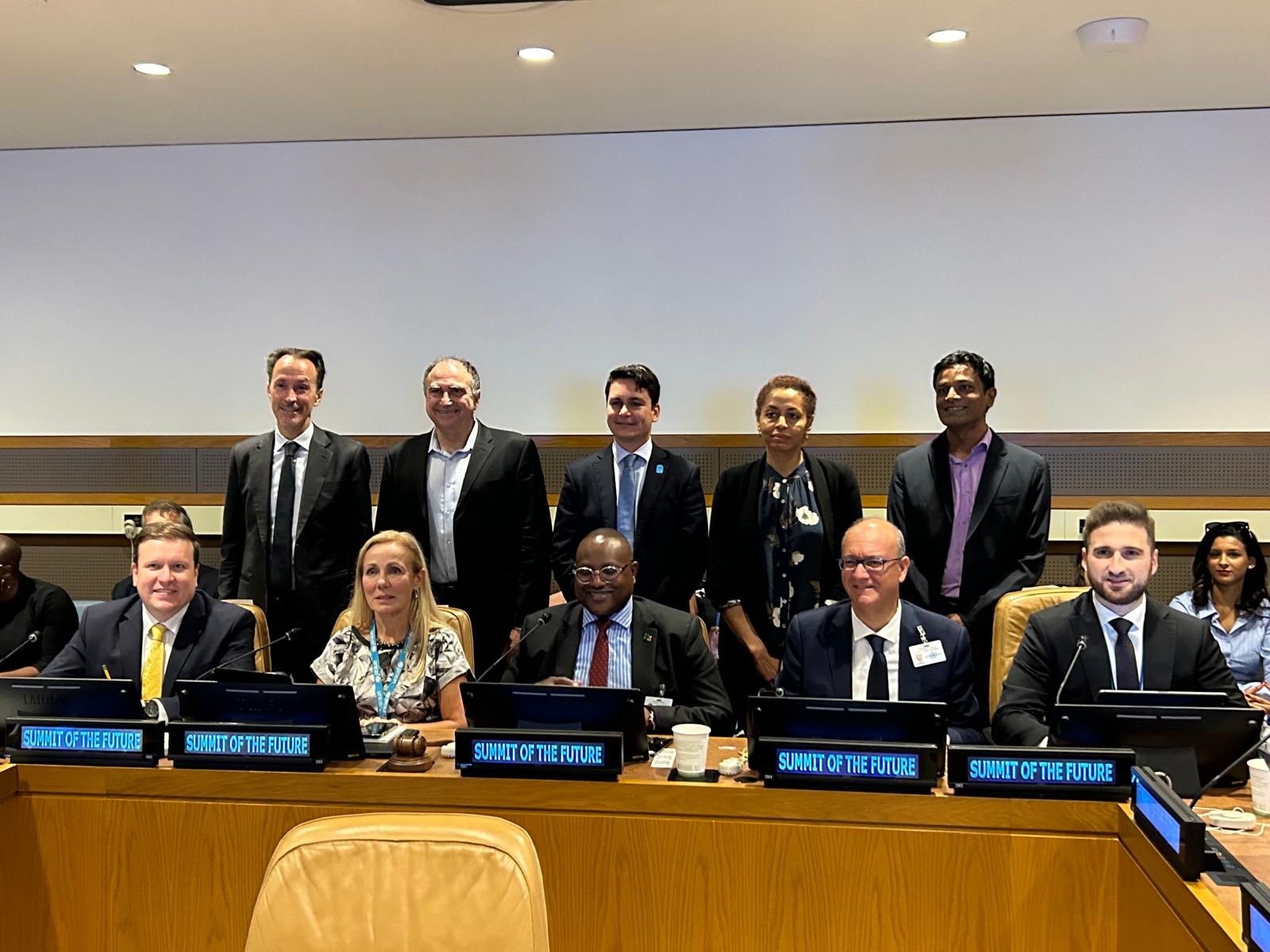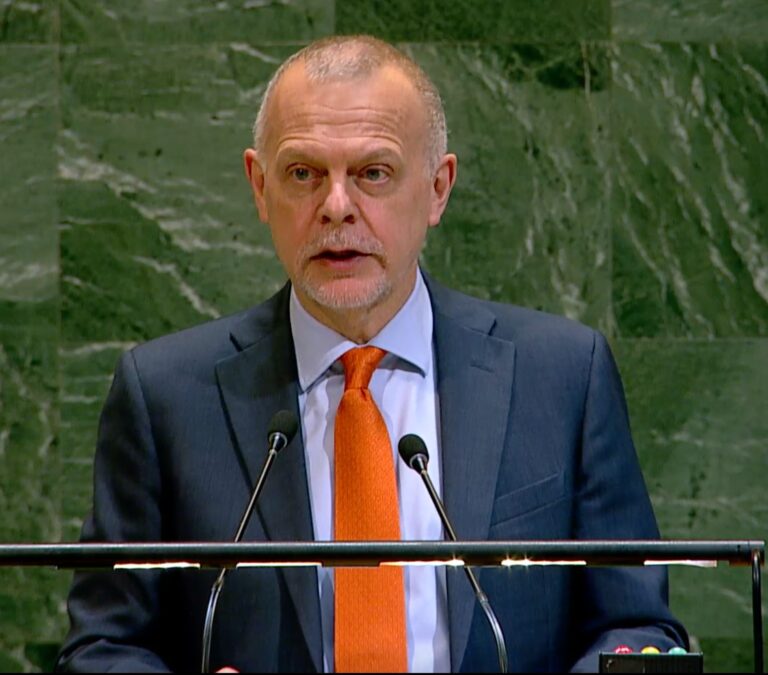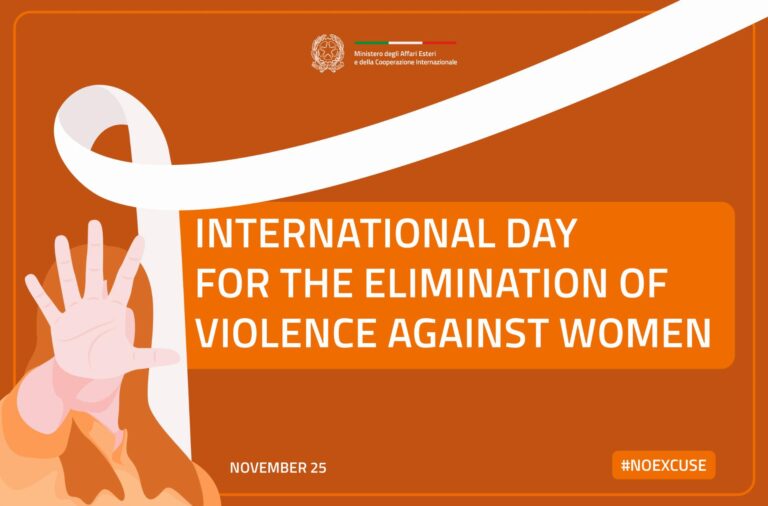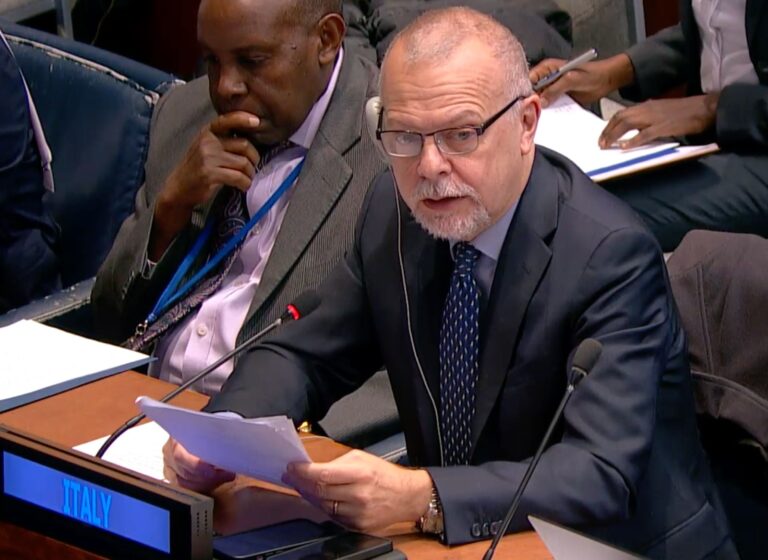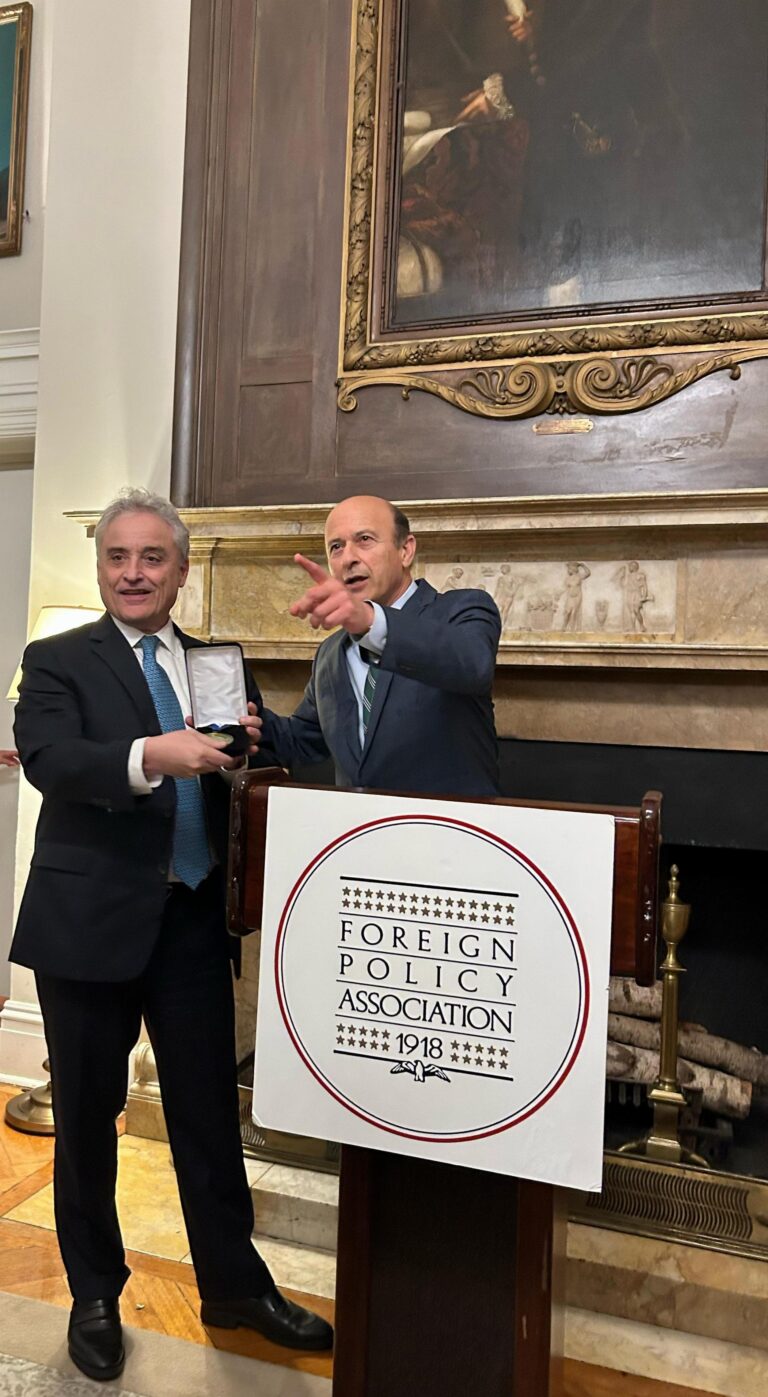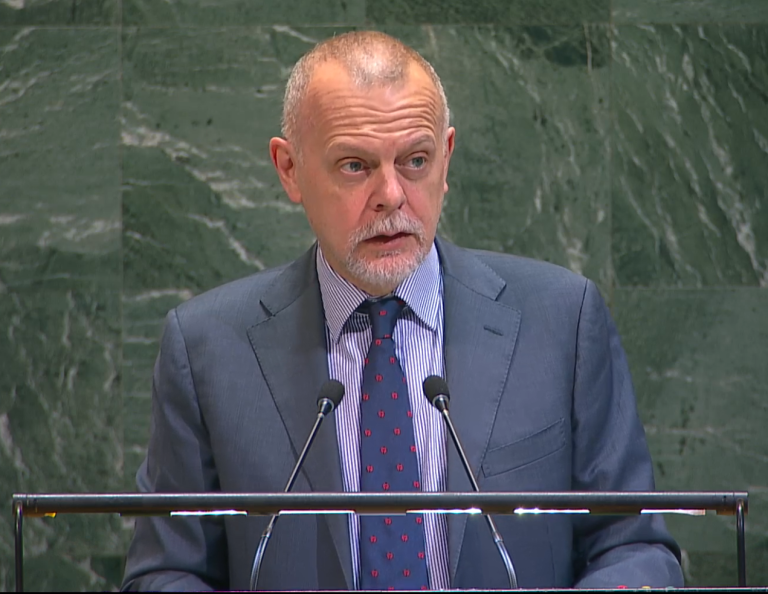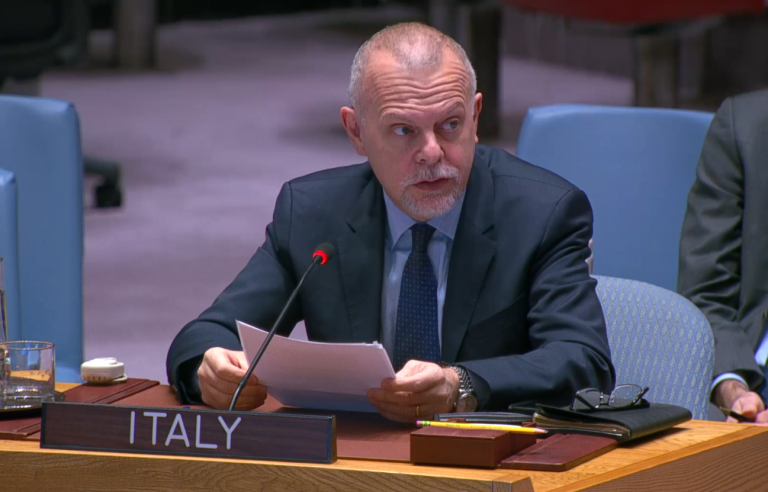MINISTER’S VALDITARA’S ANSWERS DURING THE MINISTERIAL DIALOGUE
FIRST QUESTION:
In your opinion, what is the role of Artificial Intelligence and frontier technologies in building the education system of the future and how can we ensure that they are able to reduce educational and digital gaps rather than increase them?
ANSWER:
Ministers, Representatives of the International Organisations,
It is a great pleasure to participate in this Ministerial Dialogue on the Schools of the Future and I would like to thank UNICEF for this invitation.
I’ll present my vision to transform our education system into a more equal and future-looking one, bridging learning gaps between successful students and those with difficulty, particularly students with disability.
The current complex educational crisis highlights the need to change everything and adopt new educational models that can guarantee inclusive, personalized and democratic learning, which will allow achieving the targets of SDG4 (Sustainable Development Goal 4 on education).
New pedagogical approaches and neurosciences have highlighted that the students involved in lab activities and who receive tailored feedback can achieve better educational outcomes, and Artificial Intelligence can now give new opportunities for the personalization of education. For example, Artificial Intelligence-based assistants offer unprecedented tools, able to address the specific needs of each student and improve their motivation. They can monitor students’ progress and identify areas where they need further support, and this allows teachers to offer the right stimulus to everyone.
I would also like to underline an aspect that I find particularly significant in the use of emerging technologies in education. It regards their potential to support students with disabilities, by offering solutions that meet the specific needs of each of them and adapting educational content. This encourages the autonomy of students with disabilities, through tools that help them to overcome barriers and participate actively in learning.
Despite the great advantages, I would like to stress that Artificial Intelligence does not replace the role of the teacher. It enhances his work. Teachers remain at the centre of the educational process, using the tools offered by technologies to improve the effectiveness and impact of teaching.
I believe it is essential to build partnerships, involving in the innovation process teachers and researchers, on one hand, and EdTech companies and other stakeholders, on the other, to improve students’ education outcomes and their well-being. Policy makers should not just take on emergent Artificial Intelligence, we have to govern it to integrate it in the best way in the education system.
Only through responsible and conscious management of these technologies we can ensure that education becomes more accessible, equitable and of higher quality for all.
SECOND QUESTION:
What is your vision for the school of the future? And what steps are being taken in your country to close gaps in digital education, to ensure that no child is left behind?
ANSWER:
It is great pleasure to present my vision and the initiatives we are implementing in Italy. To achieve our main priority of bridging learning and digital gaps, we decided to exploit and assess the opportunities for greater inclusion and better educational outcomes offered by AI, in particular by the platform Google Workspace for Education. In these days we are launching a pilot project in 15 low and upper secondary schools of 4 Italian regions. The two-year experimentation will use software that can be installed on Google Workspace, initially focusing on STEM and foreign languages.
Artificial intelligence offers tools for personalized didactic approaches that have proven really effective to bridge educational gaps and prevent early school leaving. In fact AI, in the form of a virtual assistant, is able to identify the learning difficulties of each student so that the teacher, properly trained, can intervene in a targeted way, to help the student overcome his difficulties.
There is no direct evidence with IA-based assistants at the moment. For this reason, the experimentation will be useful to clarify whether it works, but also what are its limits, and it will reinforce collaboration with the providing digital company.
I would like to stress that this project puts teachers at the centre. IA cannot substitute teachers, it supports and helps them to map learning pathways. Let’s think about a lesson on second degree equations. We can have a student who has understood how it works but he has gaps in the sum of fractions. AI can help to identify the gap, point it out to the student and teacher, and propose how to fill it. AI can be a virtual assistant, not a teacher.
The experiment aims at achieving two main objectives. On the one hand, greater inclusion by offering all students, regardless of their social and economic background, the opportunity of improving their level of education. On the other hand, it can help prevent and fight early school leaving, especially in the delicate phase of choosing the right pathway for upper secondary education.
At the end of the two-year experimentation, our public research institute Invalsi will evaluate the results of the project, comparing the progress of students in “digital” classes with those in “traditional” classes. If the results are positive, the goal is to extend the use of Artificial Intelligence to all Italian schools from 2026.
In conclusion, as stressed in the G7 Ministerial Declaration on Education adopted in Trieste, to exploit the opportunities offered by AI, it is crucial to reinforce international cooperation on Education, with the help of International Organisations, and the collaboration with digital enterprises that should work directly with education policy makers.







